PFEA113-65 3BSE050092R65 is a high-performance excitation system processor launched by ABB. It is part of the AC800PEC system and has the following key features and applications:
Dual-core processor and real-time performance: It adopts a dual-core processor design with powerful computing power and a minimum cycle time of 100 microseconds, meeting the stringent requirements of industrial automation systems for real-time and accuracy.
Modular and redundant design: It supports flexible configuration of multiple I/O modules, and users can choose the appropriate I/O points and types according to actual needs. At the same time, it supports dual power redundancy and isolation protection to further improve the reliability and safety of the system.
High-speed communication and industrial-grade hardware: It realizes fast communication through optical fiber links to improve the efficiency and stability of data transmission. It adopts industrial-grade hardware design without moving parts to ensure that the equipment can still operate stably for a long time in harsh industrial environments.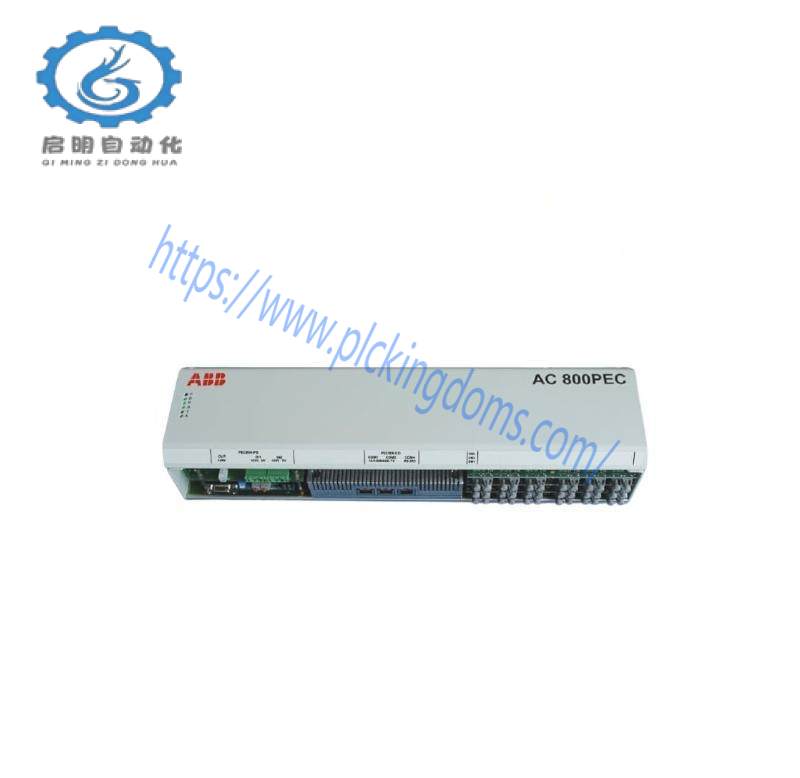
Powerful processing power: The processor adopts a dual-core design with powerful computing power, which can handle high-speed control and low-speed process control tasks, meeting the requirements of industrial automation systems for real-time and accuracy. Its shortest cycle time can reach 100 microseconds, ensuring that the system can respond quickly to various control instructions.
High-speed communication: Fast communication is achieved through optical fiber links, improving the efficiency and stability of data transmission. This high-speed communication capability is essential for real-time monitoring and control of the excitation system.
Redundancy and reliability: Supports dual power redundancy and isolation protection to further improve the reliability and safety of the system. In industrial environments, this redundant design can ensure that the system can continue to operate in the event of a fault, reducing downtime.
Advanced control function: Built-in control loop module can realize advanced control functions such as two-way PID control, cascade control, compensation control, and fast action loop. These functions enable the excitation system to more accurately control the voltage and current of the generator and improve the stability of the power system.
Open architecture and integration: Based on open architecture and .NET Framework technology, it supports multi-brand controller connections, making it convenient for users to integrate with existing systems. This openness allows users to build and expand their industrial automation systems more flexibly.
Rich programming tools: Provide programming tools such as MATLAB/Simulink, support model-based design, and easily bridge the gap from simulation to implementation. This enables engineers to develop and test control algorithms for excitation systems more efficiently.
Functional modules
Control loop module: Built-in control loop module can realize advanced control functions such as two-way PID control, cascade control, compensation control, and fast action loop to meet the control needs of complex industrial processes.
Multiple protection measures: Multiple overvoltage and overcurrent protection measures are added to each signal at the interface to ensure that the equipment is not damaged under large signal interference and improve the system’s anti-interference ability.
Application areas
Power industry: Used for excitation system control and generator set monitoring in power plants to ensure stable operation of power systems.
Metallurgical industry: Used for automated control and process optimization of metallurgical equipment such as blast furnaces and converters to improve production efficiency and product quality.
Petrochemical industry: Used for automated control and safety monitoring of petrochemical units such as refineries and chemical plants to ensure production safety.
Water treatment industry: used for automated control and optimized operation of water treatment facilities such as sewage treatment plants and water plants to improve water resource utilization efficiency.
Programming and integration
Open architecture and programming tools: Based on open architecture and .NET Framework technology, it supports multi-brand controller connection. It provides programming tools such as MATLAB/Simulink, supports model-based design, and easily bridges the gap from simulation to implementation.
Compatibility and scalability: supports multiple industrial communication protocols, which is easy to integrate with existing DCS/SCADA systems. At the same time, with modular design, users can flexibly expand system functions according to actual needs.
Related product recommendations:
Honeywell 51403006-100
Honeywell MU-FOED02UC
Rockwell Automation 100S-E116KJ12CIIEC
Schneider TSXAEY800
ABB 3HAC020890-078
A-B MPAS-B80181-V05S2ALIN
WOODWARD 8440-2178
GE IC3600SBXC1
ABB 3HAC021121-001
JL HSL-DI16DO16-UD-NN/51
AB 5370-CVIM
Bently 330101-00-15-05-02-05
ICS T3484
EMERSON KJ4001X1-NA1
GE Fanuc VMIVME-7750
Rockwell Tx 14-0750mm
More……



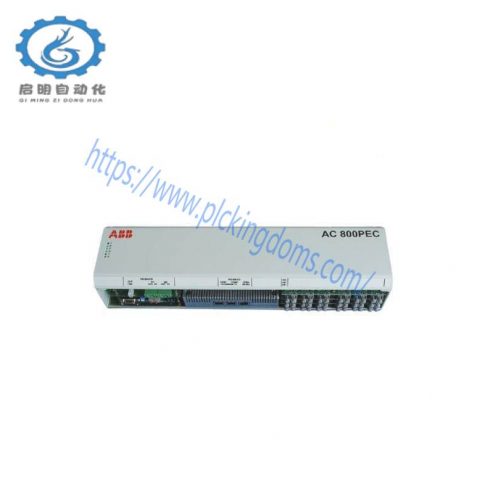


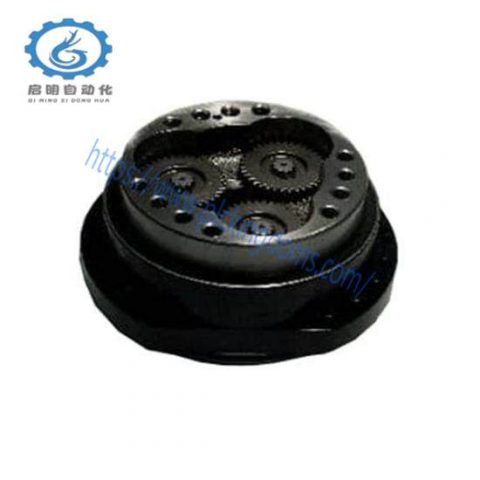


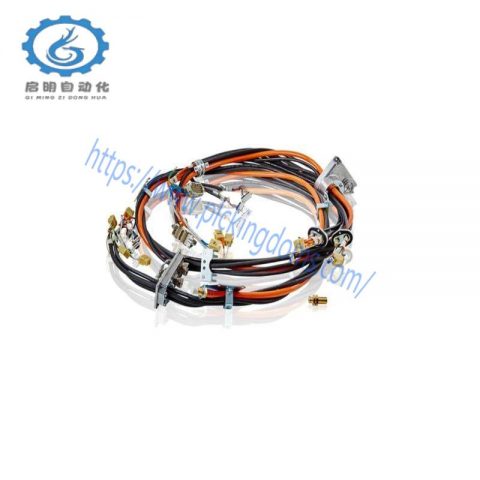
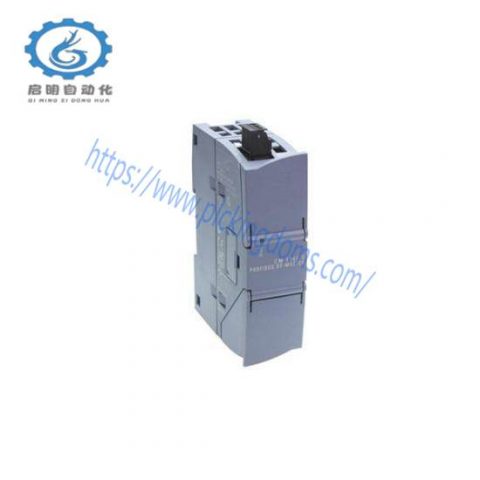
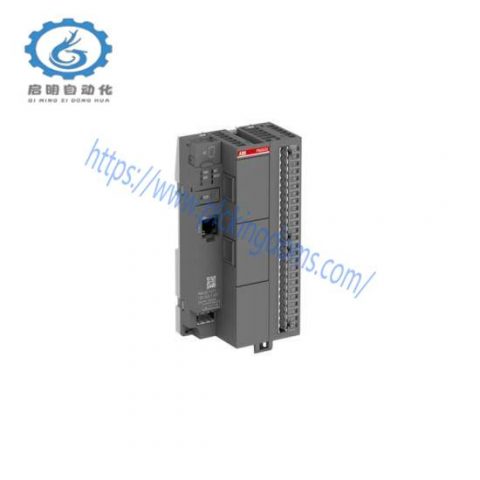

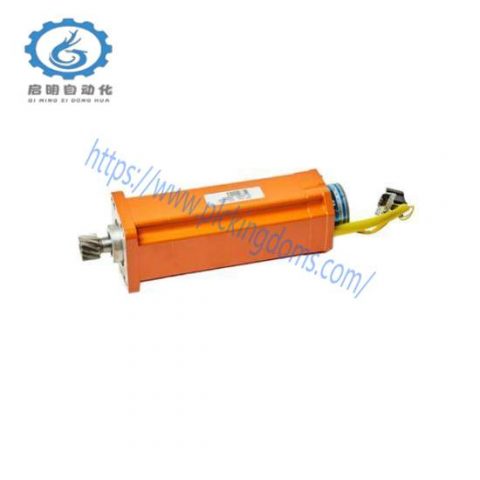
There are no reviews yet.